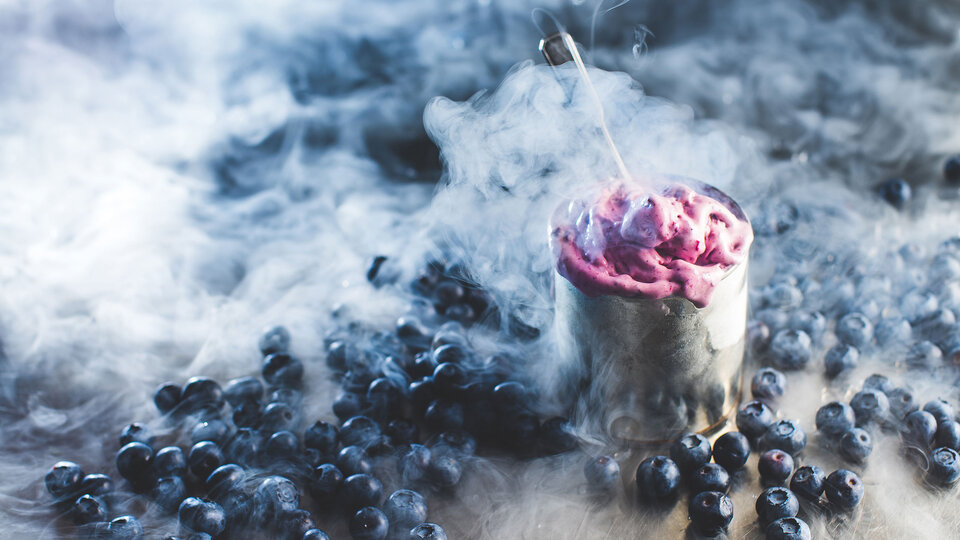BLOOD PLASMA: RAW MATERIAL WITH HEALING POWER
In many diseases, components of blood plasma are proven and indispensable resources for therapy. Their processing requires Gases for Life.
Anyone who has survived an infectious disease has antibodies against the pathogen in their blood plasma. Once they are isolated from the plasma, those antibodies can sometimes help patients suffering from acute cases overcome the same disease. Other components of plasma have already been a permanent part of the medical repertoire for many years now – for example with autoimmune diseases, hemophilia, coagulation disorders or on the intensive care unit.
The straw-yellow liquid makes up a little over half of human blood. It remains behind when the red and white blood cells and the blood platelets are removed. Blood plasma comprises mainly water, seven percent vital proteins such as albumin, fibrinogen and immunoglobulins, and one percent other substances. The plasma proteins are of crucial importance for numerous bodily functions. Albumin helps maintain the fluid balance in the blood, while fibrinogen enables the coagulation process. Immunoglobulins – the technical term for antibodies – trigger the vital reactions of the immune system. An accident with heavy blood loss or certain diseases can lead to a lack of plasma proteins. In such cases, plasma-derived medical products (PDMPs) are used to balance out the deficiency.
Specialized companies manufacture the products on an industrial scale. The plasma used as raw material comes from blood plasma donations. These are collected in much the same way as blood donations, except that the blood cells and platelets are separated and injected back into the donor. The PMDP products fall into three categories corresponding to the different types of plasma proteins: Immunoglobulin, albumin and fibrinogen.


